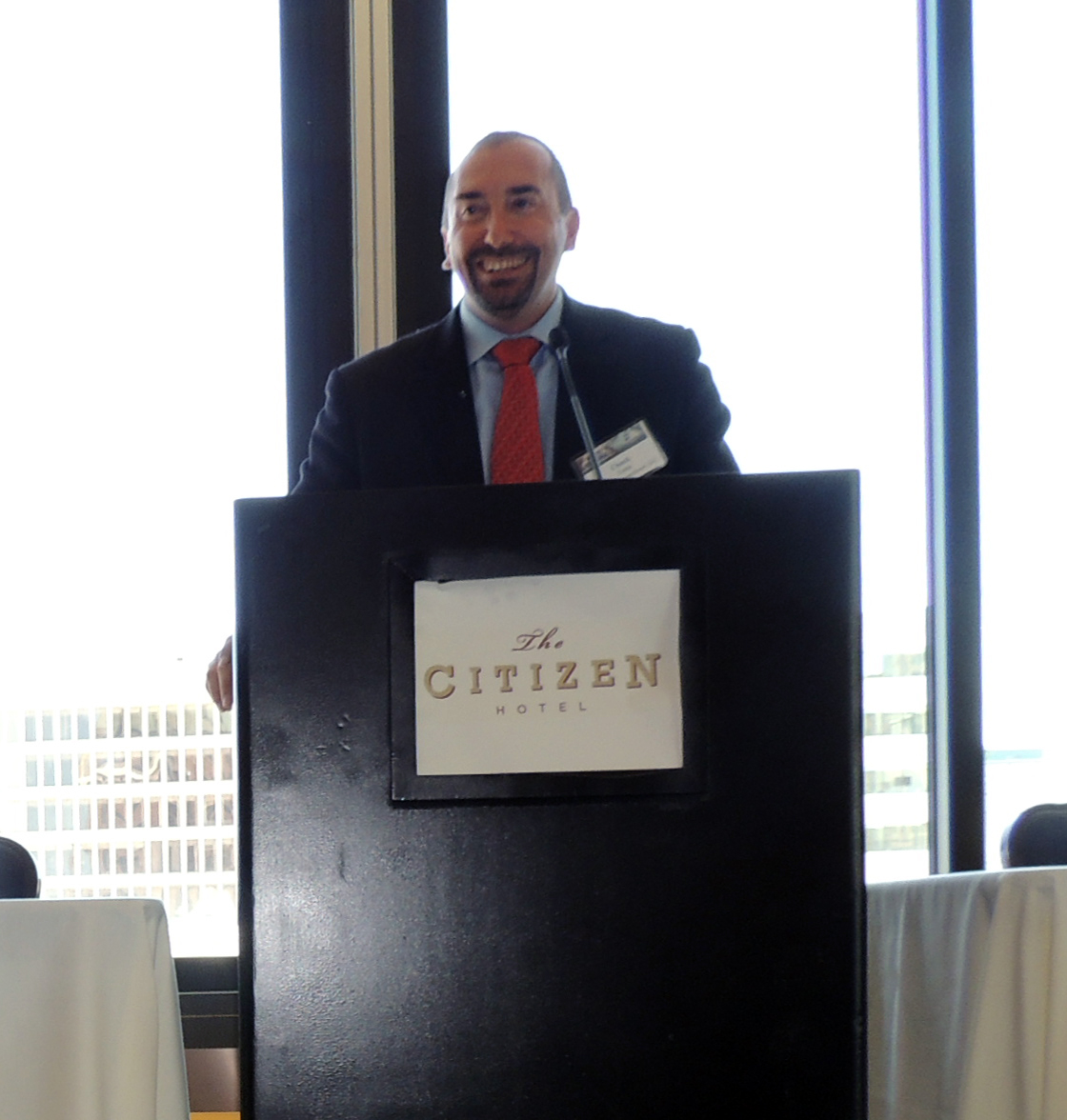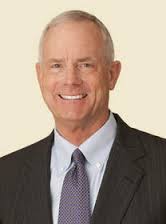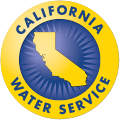This year’s California Water Association (CWA) Spring Conference attracted nearly 100 water industry experts to exchange best practices on emergency preparedness. With the enactment of General Order 103-A in 2009 by the California Public Utilities Commission (CPUC), water utilities were mandated to develop Emergency/Disaster Response Plans. The conference provided a forum for discussing lessons learned and best methods of preparing for the inevitable.
Responding to Major Disasters
Larry Morales, Vice President and General Manager, East Pasadena Water Company, moderated the first panel discussion on lessons learned in responding to natural disasters, which was headlined by Wynn Morgan, Operations Superintendent, Missouri American Water (MAW). Morgan recapped MAW’s response to the destructive tornado that hit Joplin, Missouri in 2011, leaving in its wake 8,000 damaged or destroyed structures and 4,000 leaking water lines.
MAW learned from experience the critical need for effective communication systems, both internally with employees and externally. When electricity and technology are not available, back-up systems, such as two-way radios and knocking on doors, must be employed. Morgan also stressed the need to secure logistics for emergency workers immediately and deploy resources from outside the affected area.
Henry Martinez, Vice President, Safety, Security and Compliance, Southern California Edison (SCE), shared lessons learned from the 2011 wind storm that hit the Pasadena area. In the wake of the storm, SCE made several improvements, including adopting the National Incident Management System (NIMS), implementing crisis information and damage assessment teams, developing systems to collect and display information, providing incident command liaisons for local government, dedicating a toll-free conference call number to update local officials and upgrading to 900 MHz radio antenna installations to improve radio communication. SCE also upgraded its technology by adding a mobile application for emergency messaging and an interactive voice response system
Jim Wollbrinck, Security and Emergency Preparedness Specialist with San Jose Water Company, rounded out the panel with an overview of California Water/Wastewater Agency Response Network (CalWARN), which supports and promotes statewide emergency preparedness, disaster response and mutual assistance for public and private water and wastewater utilities. Lessons learned by WARNs after Superstorm Sandy and emergencies in California underscored the importance of interstate and intrastate mutual assistance; elevating the status of water as essential for recovery; coordinating water, energy and telecommunications as well as fuel delivery for generators; working with emergency management personnel to allow site access for utility workers; developing damage assessment documentation; and ensuring interoperable communications.
Preparing for Safe Drinking Water
Dawn White, Water Quality Manager, Golden State Water Company (GSWC) moderated the second panel, beginning with a description of GSWC’s response to the 2010 perchlorate contamination emergency in Barstow, California. Working in concert with multiple government agencies, GSWC fully mitigated the contamination within six days. GSWC was prepared in various ways, such as updating and posting “Do Not Drink Notice” maps on the website, designating a point of contact and using local media to alert customers. Areas identified for improvement included increasing awareness of the Standard Emergency Management System (SEMS) and NIMS, better coordinating with the city, avoiding “spin” in messages and getting the public health message out that “we are engineers, not doctors.”
Henry DeGroot, Manager Safety, Security and Emergency Response, California Water Service Company, stressed the importance of building relationships locally and statewide and familiarizing staff with multiple inter-agency response systems, such as the Incident Command System and Standard Emergency Management System, before a disaster occurs. His mantra is “build up to it” by conducting training, seminars and workshops that slowly increase in complexity and incorporate standardized terminology into daily operations.
Jim Wollbrinck concluded the panel discussion by outlining the four components of emergency response: preparedness, response, recovery and mitigation. He explained the key to a common operating picture is determining your needs, what you can provide and when and who has the authority to make decisions and commit. Wollbrinck also explained the benefits of participating in Golden Guardian exercises to simulate disasters before they happen. Without regular exercises, an emergency response plan becomes just a doorstop.
Mitigating Loss of Bay Delta Water
Evan Jacobs, External Affairs Manager, California American Water, moderated the third panel and provided an overview of the governor’s plan for water conveyance and the Bay Delta Conservation Plan (BDCP)
The first panelist, Curt Schmutte, Consultant with Metropolitan Water District of Southern California, cautioned that we need to plan for the fact that the Delta is not sustainable and will change. Schmutte provided a history of the Delta and its levee system, which was not engineered when originally built. The system faces risks from increased saltwater intrusion as the sealevel rises, islands subsiding (162 have already failed) and inevitable seismic events. Schmutte cited the Public Policy Institute of California’s sustainable Delta report, “Envisioning Futures for the Sacramento-San Joaquin Delta,” which can be accessed at: www.ppic.org/content/pubs/report/R_207JLR.pdf.
Paul Helliker, Deputy Director, California Department of Water Resources, gave an overview of how the BDCP addresses the Delta challenges of subsidence, earthquakes, climate change, declining species and regulatory uncertainties. Given that two-thirds of the state’s population depends on the Bay-Delta system for drinking water and 2.5 million acres are irrigated, in part, by water from the Delta, fixing the Delta is critical to ensuring water supply reliability. A public draft of the environmental impact report will be released on October 1, 2013.
Protecting California’s Infrastructure
Chuck Tobin, President, AT-RISK International, spoke during lunch on the steps water utilities can take to protect against threats to water systems, such as contamination, physical damage or sabotage and disruption to computer systems by vandals, terrorists or insiders. Tobin recommended performing a risk assessment, implementing and following a “real” security and intelligence program and training all employees, contractors, vendors and visitors on security procedures. In addition, he stressed the importance of establishing liaisons with local law enforcement, FBI and other stakeholders, and conducting proper background investigations before hiring employees and contractors.
Tobin recommended using the Environmental Protection Agency’s Vulnerability Assessment Model as a baseline security model. http://water.epa.gov/infrastructure/watersecurity/techtools/upload/vsatfactsheet06282011-2.pdf.
The model supports the user in developing a risk assessment utilizing an intuitive step-by-step assessment process. The methodology assesses risk in terms of public health and economic consequence, the likelihood of consequence based on the effectiveness of countermeasures, and the likelihood of a threat occurrence. According to Tobin, this tool can easily be adapted to create a utility-specific emergency response plan.
Preparing for Supply Shortfalls with Creative Resource Management
Bob Nicholson, President, San Gabriel Valley Water Company, moderated the afternoon session with Shane Chapman, General Manager, Upper San Gabriel Valley Municipal Water District, as the first presenter explaining where and how Southern California get its water and highlighting the importance of having an integrated resources plan. This includes a balanced portfolio of reliable water supplies taking into account cost, risk, water quality, the environment, climate change and stakeholder input. According to Chapman, the future is about managing risks such as climate change and Bay Delta uncertainties among other examples. This can be accomplished by investing in storm-water capture, recycling, conservation, storage, water treatment technology and sound science.
Todd Peters, Chief Engineer with the California Water Service Company, described the utility’s operation, which includes 24 operating districts statewide serving about 2 million people. Cal Water is investing an estimated $4.6 billion over 14 years in its SFPUC Reliability Improvement Project to deliver minimum system demand within 24 hours after a major earthquake, provide flow to at least 70% of the turnouts within each region; and meet average demand with 30 days after a major Recovery. In addition, the utility has embarked on a joint project of SFPUC, Cal Water and Daily City and San Bruno which includes 16 recovery wells, pumps, piping and disinfection. Basically, the water utility is doubling its capacity.
Ron Davis, Executive Director with CalDesal, followed Peters with a dynamic discussion of desalination in California. Through creative resource management, CalDesal is preparing for supply shortfalls with innovative water desalination and salinity management, which is included in the State Water Plan as one strategy to meet water needs. Davis addressed a number of environmental challenges, including coastal land and access, as well as high energy use/cost. But through joint ventures with agencies seeking diversified water portfolios, CalDesal has pioneered projects such as the Carlsbad Desal Project, part of San Diego County’s urban water management. The concept originated in 1991, yet permitting took six years and required 12 local and 7 state agency discretionary approvals; 14 legal challenges; 21 public hearings with 85 hours of testimony; dozens of technical studies; unanimous support of state and federal legislative delegations; and hundreds of support letters.





